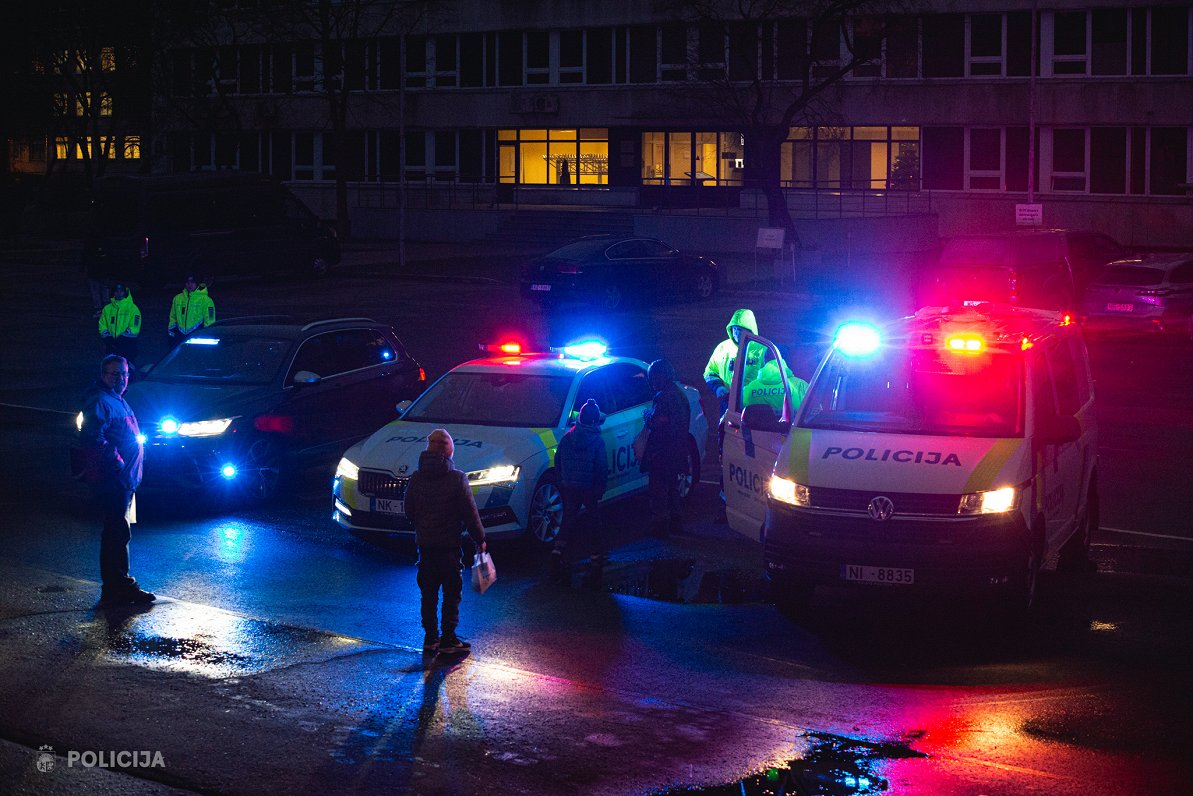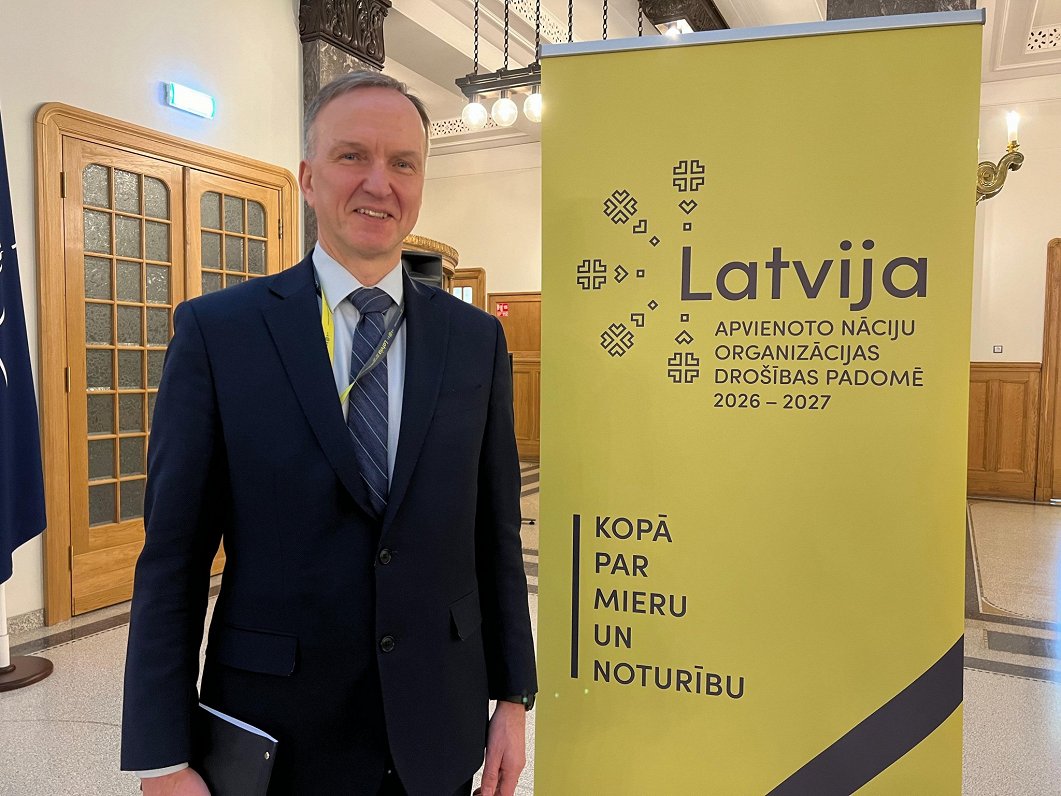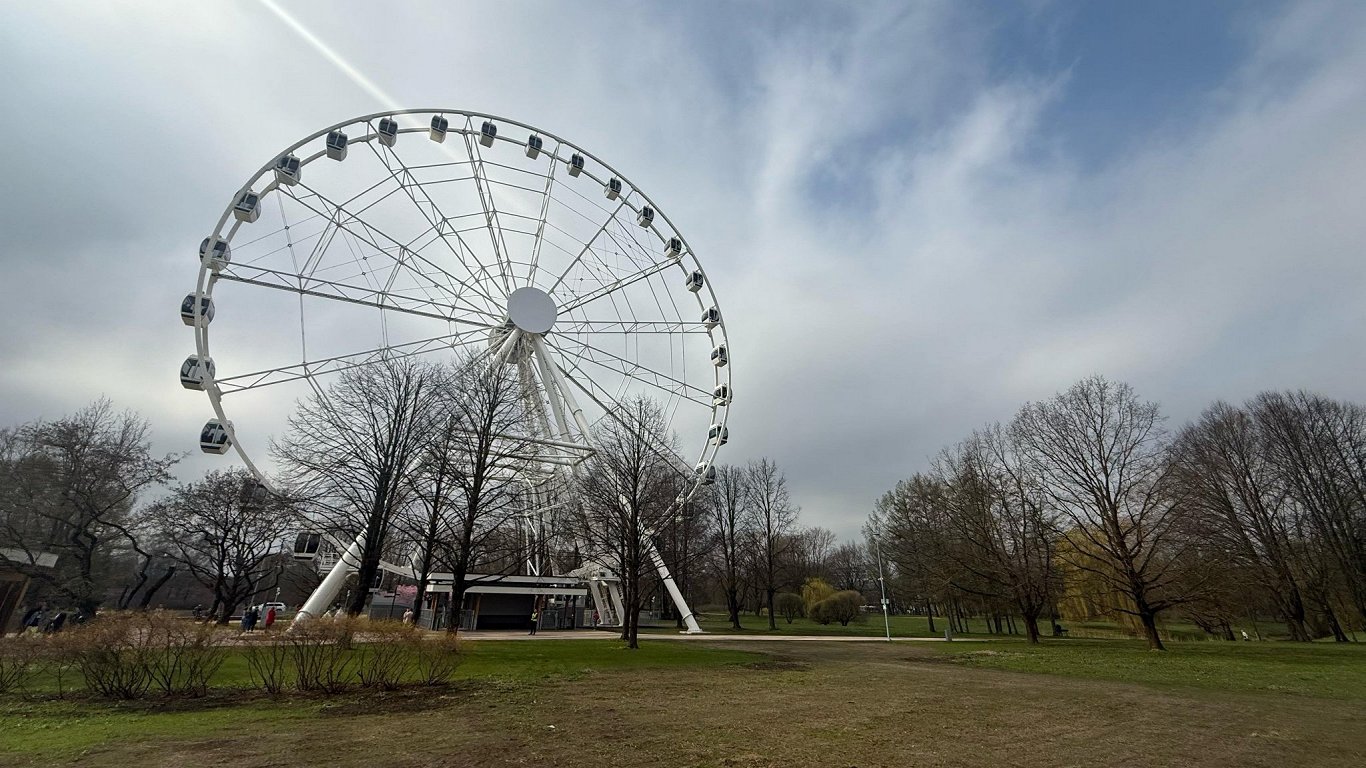Liepāja is gradually introducing a monitoring system that will make it quicker and easier to get accurate data on vehicle pollution in the city. In the longer term, the system will help Liepaja prepare for possible future CO2 regulations, including the introduction of low-emission zones after 2030 , TV Kurzeme reported on December 9.
The number of registered private cars is increasing every year. Liepaja currently has around 27,000 of them, accounting for 46% of the city’s total emissions, with a significant environmental impact.
“The transport sector in Latvia accounts for 30% of our total greenhouse gas emissions. The proportion is similar in Europe. And 96.6% of these emissions come from road transport,” said Madara Merle, Climate Programme Manager at the World Wide Fund for Nature.
To understand the true impact of emissions, and also to prepare for the possible need to establish low-emission zones in cities in 2030, two real-time cameras have been installed in Liepāja since November, providing data on vehicles entering or leaving specific zones. The new system reads number plates, followed by the fuel type and emission class using the Road Traffic Safety Directorate (CSDD) database.
“If a car is older than 2010, its production technology is outdated, so it produces more emissions,” explained Olena Chornovola, co-founder and CEO of GaiaHub.
The measurements are carried out by GaiaHub in cooperation with Liepāja City. The study data is expected to be made publicly available to citizens and the municipality in the coming month. In the future, the local authority will be able to decide on the way forward, possibly by creating special zones where only certain cars will be allowed to enter, e.g. only electric cars or cars with specific engine power.
“Liepāja has ambitious targets. We are gradually rebalancing transport to make the city safer, with various infrastructure improvements,” said Liepaja City Council spokesman Kārlis Beihmanis.
“Riga is supposed to have such a zone in place by 2030. And then the other cities will look further in time, taking into account the available data,” said Aksels Ruperts, Liepaja City Council’s expert on strategic planning.
After assessing the data, at the end of March it will be decided whether it is necessary to install cameras in other places in Liepāja.





